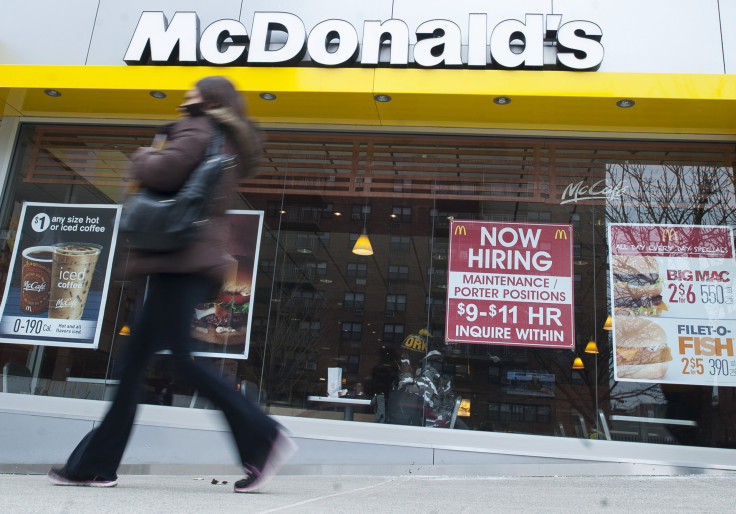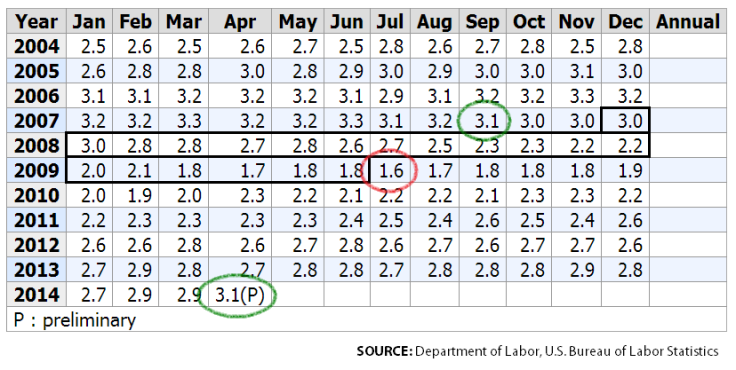US Job Openings Are Back To September 2007 Levels, But Companies Are In No Rush To Fill Them

U.S. employers are posting more “Help Wanted” ads than they have since before the Great Recession, but the slow pace of economic recovery has caused them to take longer than normal to fill those positions.
Preliminary Department of Labor data released Tuesday shows total job openings increased to 4.5 million in April, a 3.1 percent rise from March.

The growth in job openings hasn’t been this high since September 2007, three months before the start of the longest period of U.S. economic contraction since the Great Depression of the 1930s. The number of openings bottomed out at 1.6 percent growth in July 2009.
April was the first month that openings grew above 3 percent, assuming the preliminary data isn’t later adjusted downward.
But hiring is a different matter. Employers can post jobs openings but then take a long time to fill those positions, especially if the needs aren’t immediate. Low recruiting intensity, as it is referred to by economists, means employers will take longer than normal looking for the perfect candidates. Workers interviewed by International Business Times in recent months have complained about the high expectations for skill sets.
“You’ll see an employer searching for someone with a marketing background who also happens to know photography, InDesign and Photoshop [graphics design software],” said Lisa Strickland, founder of Operation Boomerang, a San Diego-based nonprofit aimed at helping older-job seekers re-enter the workforce. “They’re looking for one person to fill two positions combined into one - with the responsibilities of both positions and the salary of the junior position.”

Hiring is still below pre-recession levels. Preliminary April data shows hiring up 3.4 percent compared to March, which is still lower than the 3.5 percent witnessed in June 2008 in the middle of the Great Recession. Prior to the downturn, which cost the economy 8.7 million jobs, hiring routinely hit 4 percent.
Meanwhile, wage growth is still lower than ideal, with average hourly private sector earnings increasing 2 percent over the past year, to $24.38 an hour, which is flat when adjusted for inflation.
Still, more job openings means that eventually hiring will pick up, too – although there are still lingering problems related to the quality of the jobs coming back compared to the ones that were lost when the bankers tanked the U.S. economy with their sub-prime lending and derivatives-trading schemes.
There are currently about 2.2 job seekers for each available position, which is still higher than the two per available position in what is considered a "normal" U.S. economy.
© Copyright IBTimes 2024. All rights reserved.






















